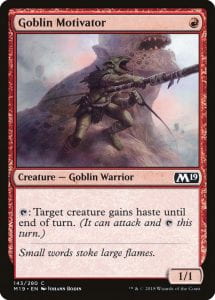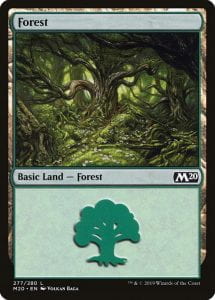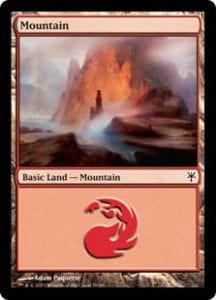A little bit- or, a greatly different post from all the others. I felt really tired of typing about Magic: The Gathering, so I decided to do something else. And even if I don’t want to do this, I’ll change it again.
I’d love to live in Norway. The food, the people, the economy, everything about it is amazing. And I’d love to live there! But, let’s say I can’t find any good way to live in Norway, and I break a few laws and get caught. I’d probably end up in jail. And most people think of jails as this terrible place where criminals go. And you’re not wrong, but in Norway, they’re probably the most humane prisons you’ll find. Take Oslo prison for example.

Now, you may be thinking, what prison? This seems like some dorm room where a college student would skip out on doing homework for the fifth time in the row. But actually, this is a Norwegian prison cell.
If you’re a teacher or something reading this, I am not saying get arrested in Norway. Why? Because an average US prisoner has 33,000$ of tax dollars spent on them. But, an average Norwegian prisoner is 128,000$. That’s almost four times as much! But, if you look at the crime rate after being in prison, Norway sure wins. Only 20% of people recidivate. In the US, it’s 64%. What does recidivate mean?
Recitivate – Basically, you commit a crime after getting out of prison.
You may be thinking, well aren’t these people gonna be screwed when they get out of prison? Where will they work? Well actually, in the prisons, there’s job training! They even get a certificate. Not only do they have a better chance of getting a job when they get out of prison, but it also helps them cope with being in prison.
In total, the US should adapt to this kind of prison. And they are, gradually. I hope anyone who reads this blog enjoyed it and will enjoy future blogs about Scandinavia. If there’s anything you want to know about Scandinavia, please tell me in the comments.









